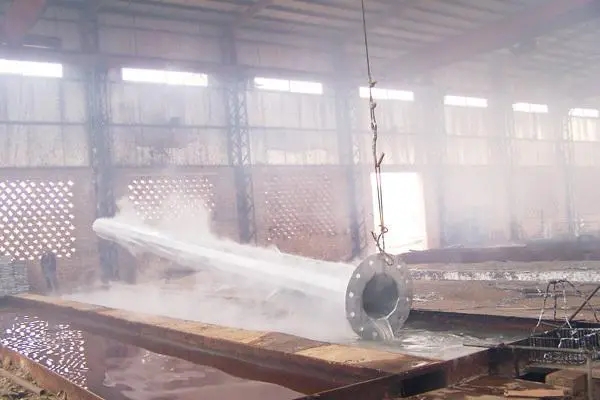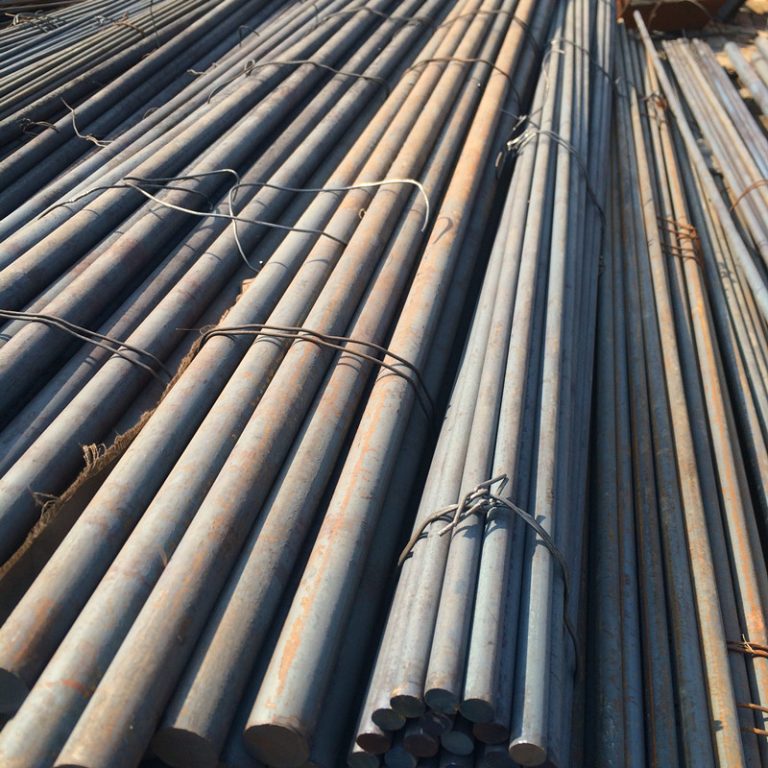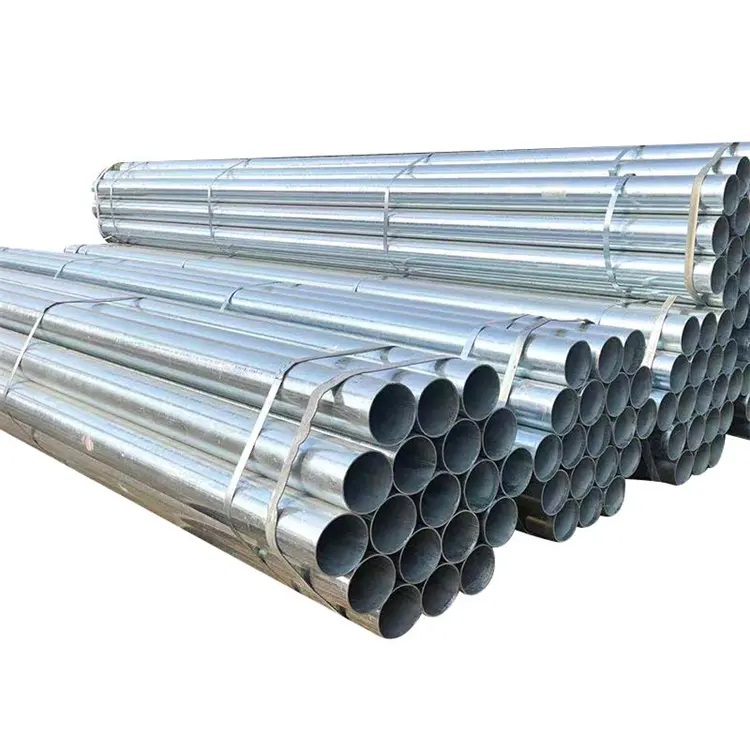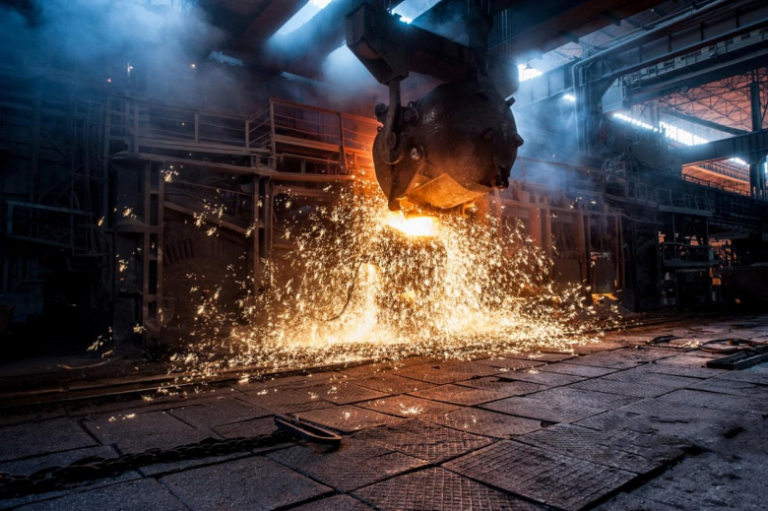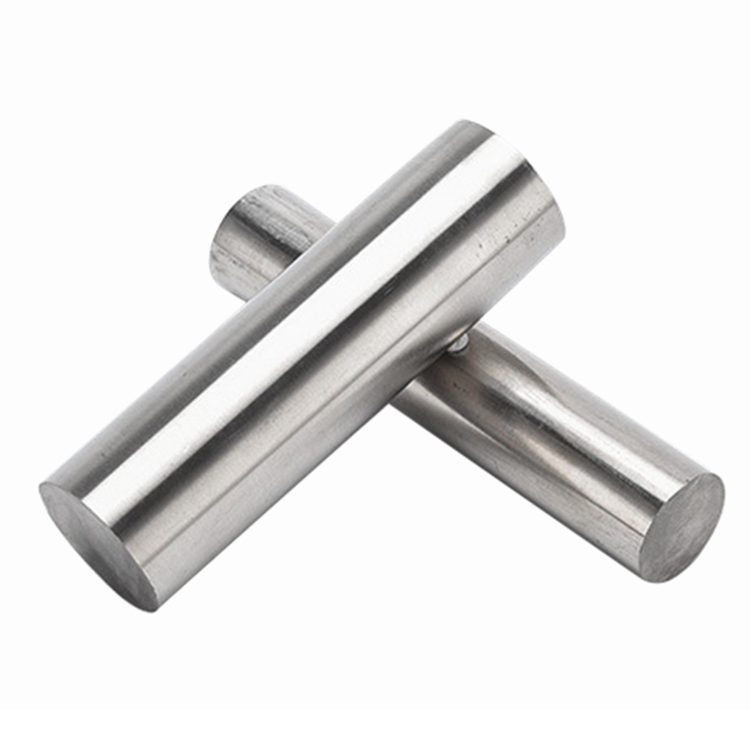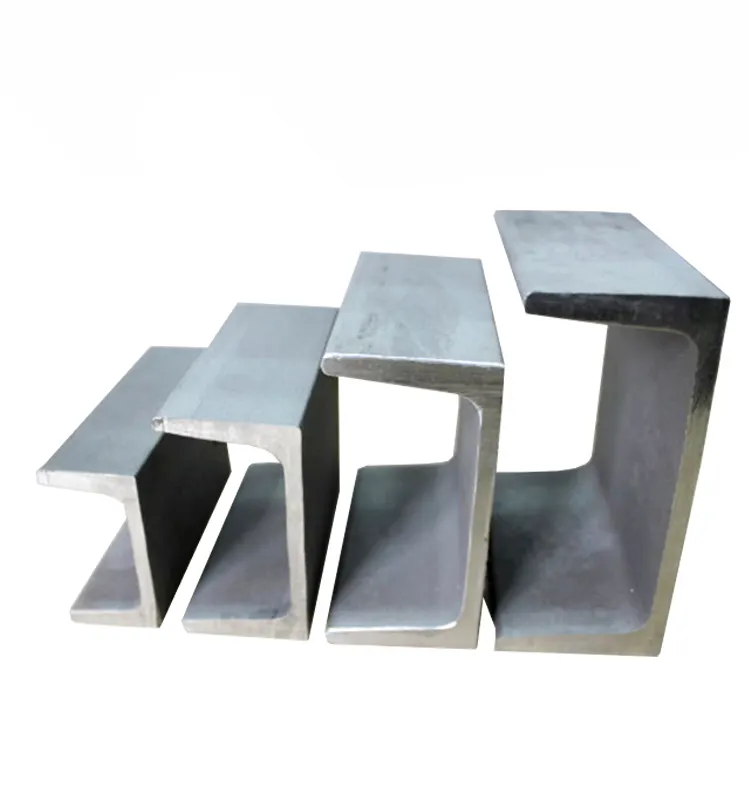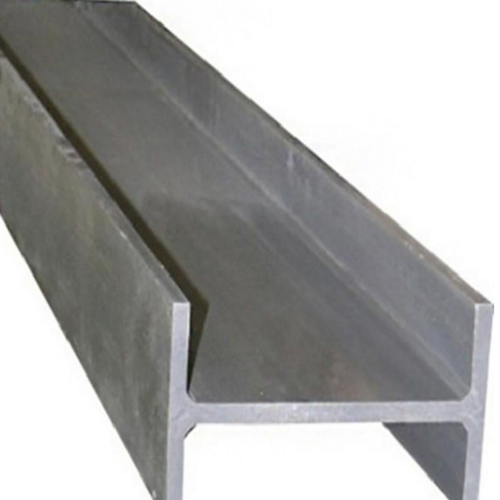As various industries and fields are developing prosperously, metal equipment, tools and products are used in many places. Metal objects such as steel often experience corrosion.
Since moisture in the air has a certain impact on these metals, many steels are affected by some external factors and their lifespan will be shortened. Hot-dip galvanizing can solve this problem in many ways. Hot-dip galvanizing can cover a layer of metallic zinc liquid on the surface of metal materials such as steel, so that it can prevent oxidation and corrosion.
Many communications industries and transportation industries are hot-dip galvanizing objects made of steel, which can extend the service life of products and reduce the frequency of replacement.
The hot-dip galvanizing unit adopts the process of first blowing outside and then blowing inside. This process can obtain better galvanizing quality and reduce zinc consumption and energy consumption than the process of drawing galvanized steel pipes on the roller.
This is because the galvanized steel pipe is attracted and transported under the magnetic roller, and the surface of the pure zinc layer after the external zinc blowing will not be squeezed out of zinc ash spots by the roller surface. Second, the external blowing nozzles are installed above the end of the galvanizing pot, and the blown zinc droplets can immediately return to the galvanizing pot.
“Wet” hot-dip galvanizing is to place the flux (mainly sodium chloride + zinc chloride) in a bottomless flux box on the surface of the zinc liquid. The steel pipe must enter the flux box before dipping in the zinc liquid, and then enter the zinc liquid below after being stained with flux, and then be led out after galvanizing. The process system is as follows:
Flux temperature: 300-350℃;
Zinc liquid temperature: 450-470℃;
Higher iron content allowed in zinc liquid: 0.05%;
Zinc dipping time: 20-60 seconds.

